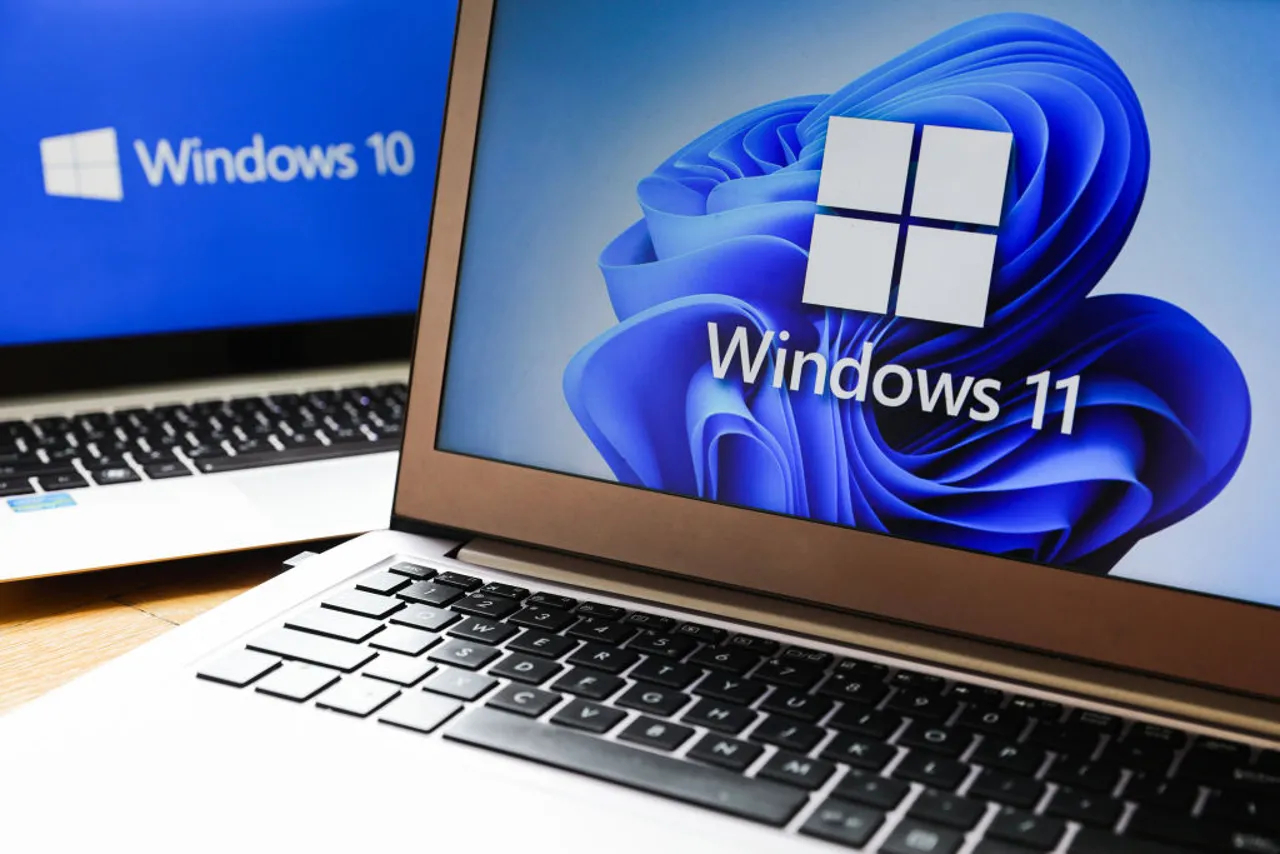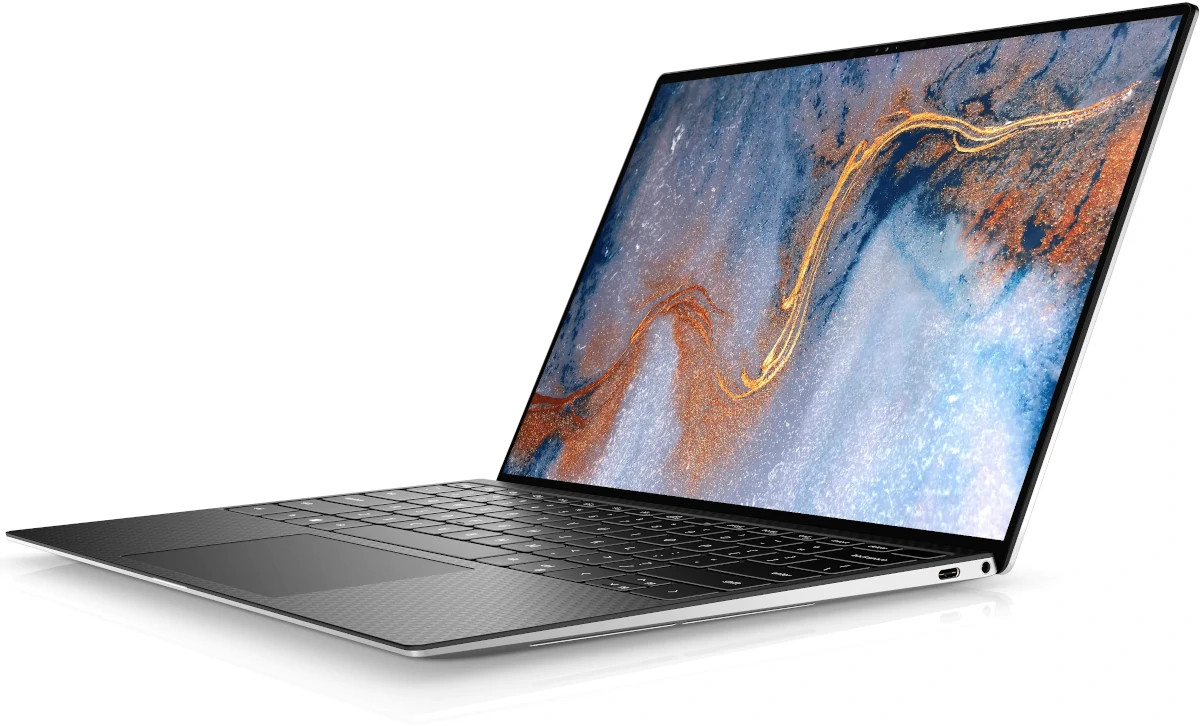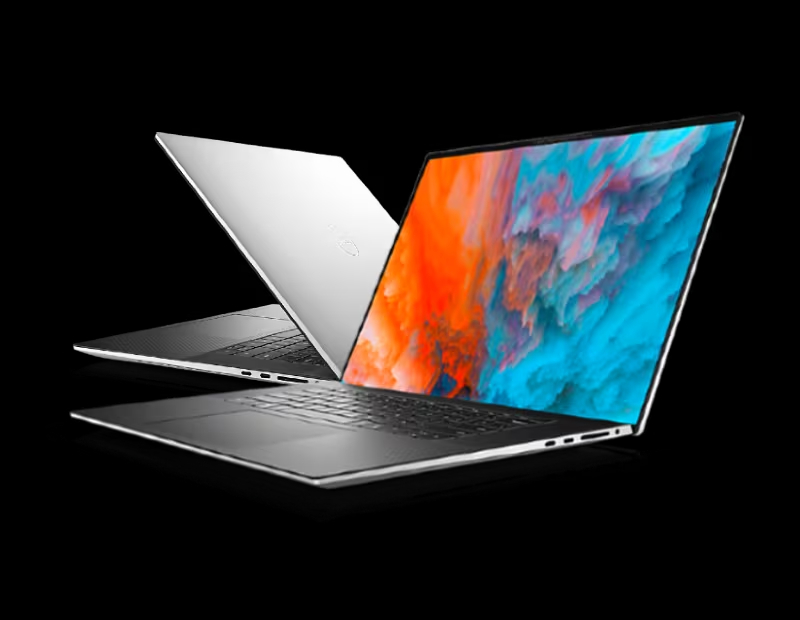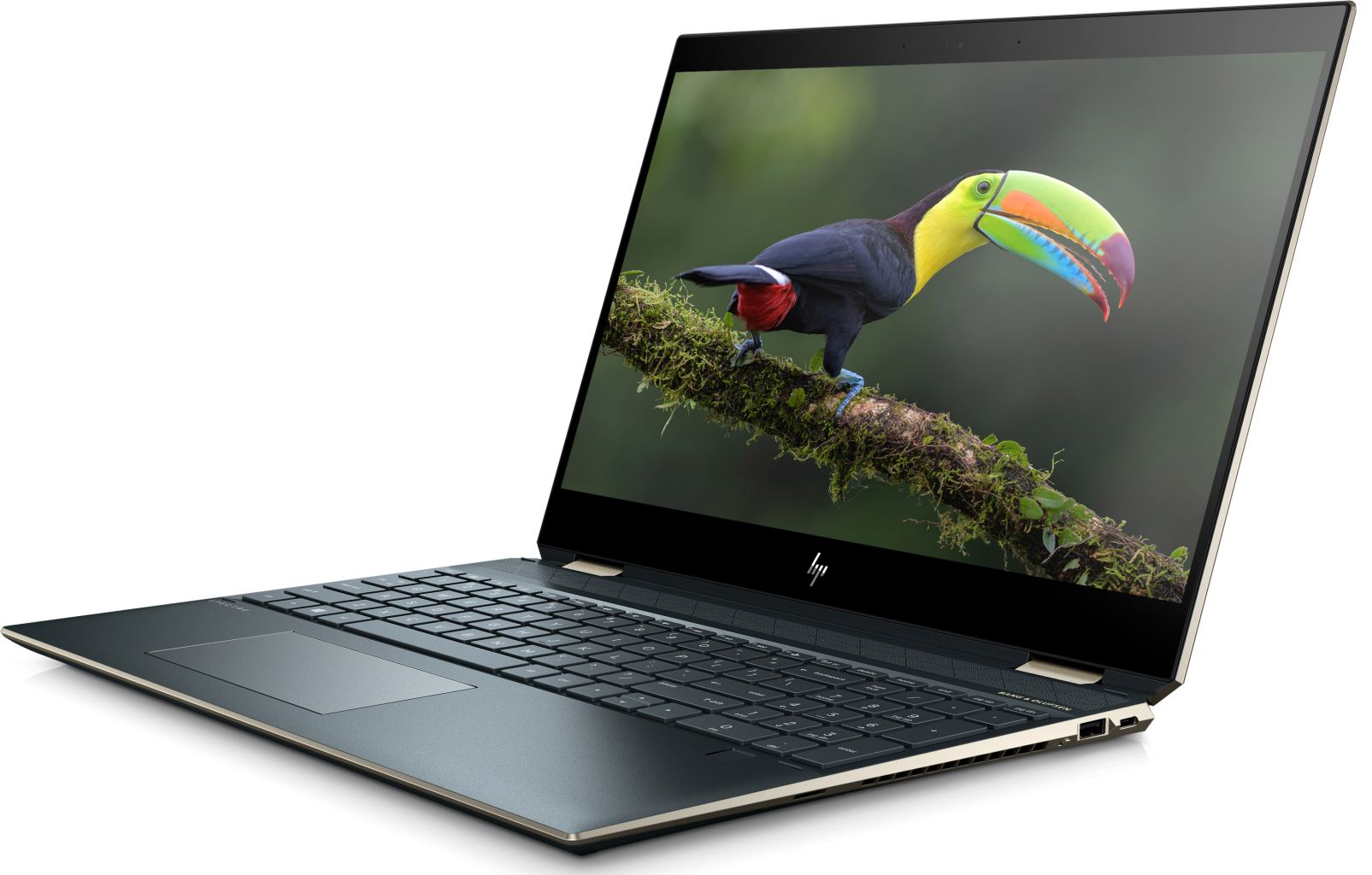In our wireless world, the freedom from tangled cords and the ability to connect to the internet from virtually anywhere is highly valued. While laptops, tablets, and smartphones are typically equipped with built-in WiFi capability, desktop users may wonder if they can also enjoy the same cordless convenience. The answer is a resounding “Yes.” With advances in technology, desktops can indeed connect to WiFi networks, allowing for a clean, cable-free workspace. This guide will outline the various methods for enabling WiFi on a desktop, from built-in solutions to external adapters, and how to optimize your wireless connection for reliability and speed.
Understanding Desktop WiFi Capabilities
Built-in WiFi in Modern Desktops
Many of today’s desktop computers come with built-in WiFi capabilities, much like their portable counterparts. When purchasing a new desktop, check the specifications to see if it includes an integrated WiFi card. This feature means that the desktop can connect to wireless networks without requiring any additional hardware. Built-in WiFi is typically part of the motherboard or may come as an add-on card pre-installed in the system.
Adding WiFi to Older Desktops
For older desktops that do not have built-in wireless networking, adding WiFi capability is still quite simple. There are two main options: installing a WiFi card directly into an available PCI or PCIe slot on the motherboard, or using a plug-and-play USB WiFi adapter. Users with minimal technical expertise can install both solutions relatively inexpensively, offering a quick and easy upgrade path to wireless connectivity.

Setting Up Your Desktop WiFi Connection
Installing a WiFi Adapter
If your desktop lacks built-in WiFi, the first step is to install a WiFi adapter. For internal cards, power down your desktop, open the case, and insert the card into an appropriate slot, ensuring it’s firmly seated. Once the desktop is booted up, you may need to install drivers provided by the card manufacturer. For USB WiFi adapters, the process is even simpler; just plug the adapter into a USB port and install the necessary drivers. Some adapters are recognized automatically by the operating system, negating the need for manual driver installation.
Connecting to a Wireless Network
With the hardware set up, you can now connect to a WiFi network. On Windows, click the network icon in the system tray, select the desired wireless network, and enter the password. On macOS, use the WiFi status menu to select a network and authenticate. Remember to choose a network that you trust, as public or unsecured networks can pose security risks. Once connected, your desktop can access the internet and network resources just like any wireless device, allowing you to place it anywhere within range of the WiFi signal.

Enhancing Your Desktop’s Wireless Performance
Optimizing WiFi Signal Strength
The placement of your desktop can significantly affect WiFi signal strength. To improve connectivity, ensure that your desktop is within a reasonable distance from the router, with minimal obstructions like walls or large metal objects. For desktops with external antennas, adjust the antennas to improve reception. If signal strength is an issue, consider a WiFi extender or mesh network system to boost the signal throughout your space.
Troubleshooting Connectivity Issues
If you experience intermittent or slow connections, several factors could be at play. Interference from other wireless devices, outdated drivers, or incorrect network settings can all impact performance. Begin troubleshooting by restarting your router and desktop, checking for driver updates, and ensuring that your WiFi adapter is functioning correctly. If problems persist, use built-in network diagnostics tools or consult with the adapter’s manufacturer for support.

Securing Your Desktop’s WiFi Connection
Implementing Network Security Protocols
To address potential vulnerabilities introduced by a wireless connection, always secure your WiFi network with strong, unique passwords and modern encryption protocols like WPA3, or at the very least WPA2. Keep your router’s firmware up to date to protect against known exploits and vulnerabilities.
Using Virtual Private Networks (VPNs)
For additional security, especially on public or less secure networks, consider using a VPN. A VPN encrypts the data transmitted between your desktop and the internet, safeguarding your information from eavesdroppers. There are many VPN services available, both free and paid, so select one that offers reliable performance and strong privacy policies.

Maximizing Network Efficiency for Desktops
Choosing the Right Band and Channel
For a stable and fast WiFi connection on your desktop, selecting the proper band and channel is crucial. Most modern routers offer dual-band functionality, providing both 2.4GHz and 5GHz bands. The 2.4GHz band offers a broader range but may experience more interference and congestion because various household devices commonly use it. Conversely, the 5GHz band offers faster speeds and less interference but has a shorter range. Evaluate your desktop’s position relative to the router and choose the band that best suits your needs. Additionally, analyze the WiFi channels being used in your area with tools and select a channel with the least traffic to minimize interference and improve connectivity.
Prioritizing Network Traffic with QoS
You can use Quality of Service (QoS) settings in your router to prioritize traffic to your desktop, ensuring that other devices on the network do not interrupt bandwidth-intensive tasks such as video conferencing or gaming. By configuring QoS, you can assign higher priority to the applications and services that are most important to you, optimizing your desktop’s WiFi performance for the tasks that matter most. Consider setting up QoS rules that correspond with your typical usage patterns to maintain a consistent and reliable network performance.

Creating a Productive Wireless Desktop Space
Integrating Wireless Peripherals
To fully embrace the wireless desktop lifestyle, consider pairing your WiFi-enabled desktop with wireless peripherals. Devices such as Bluetooth keyboards, mice, and headphones can further reduce cable clutter and improve workspace aesthetics and functionality. Many wireless peripherals offer the same level of performance as their wired counterparts, providing a clean and efficient setup without compromising on productivity.
Wireless connectivity is now available for desktops, not just mobile devices. Desktops can benefit from a cordless connection too. You can connect your desktop to built-in WiFi or use an external adapter. Connecting your desktop to a WiFi network is straightforward. A wireless connection can greatly increase the flexibility of your computing setup. Optimize your wireless performance for the best experience. Prioritize network security to protect your connection. Enjoy a seamless, secure, and cable-free desktop experience. Keep pace with the convenience of modern technology.